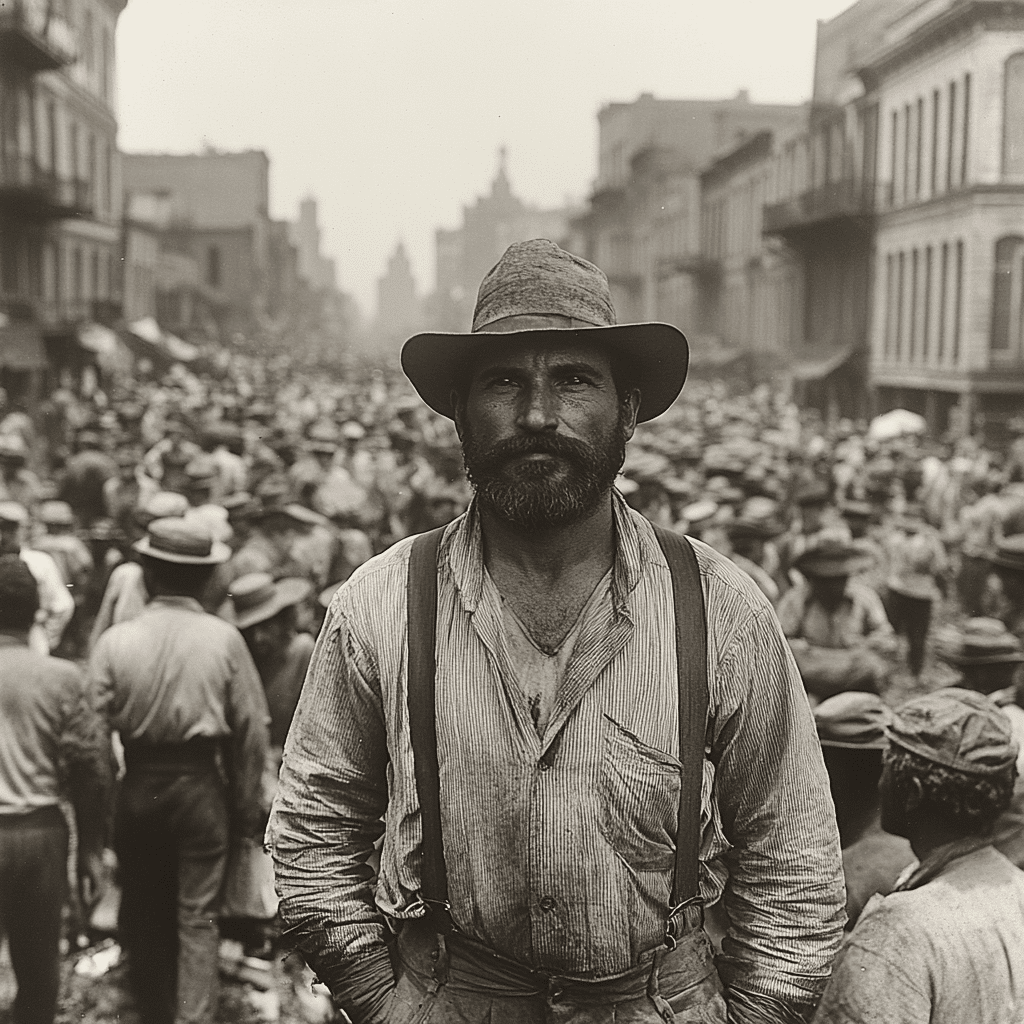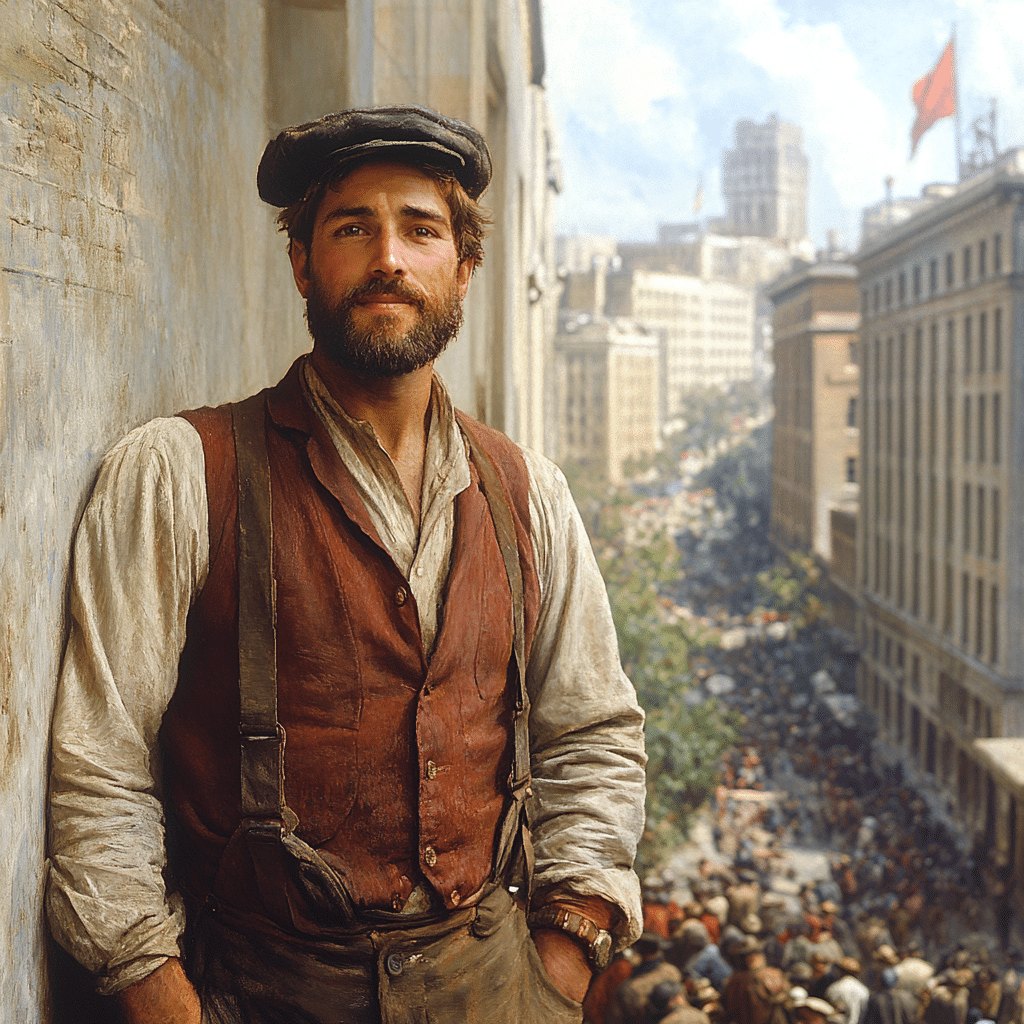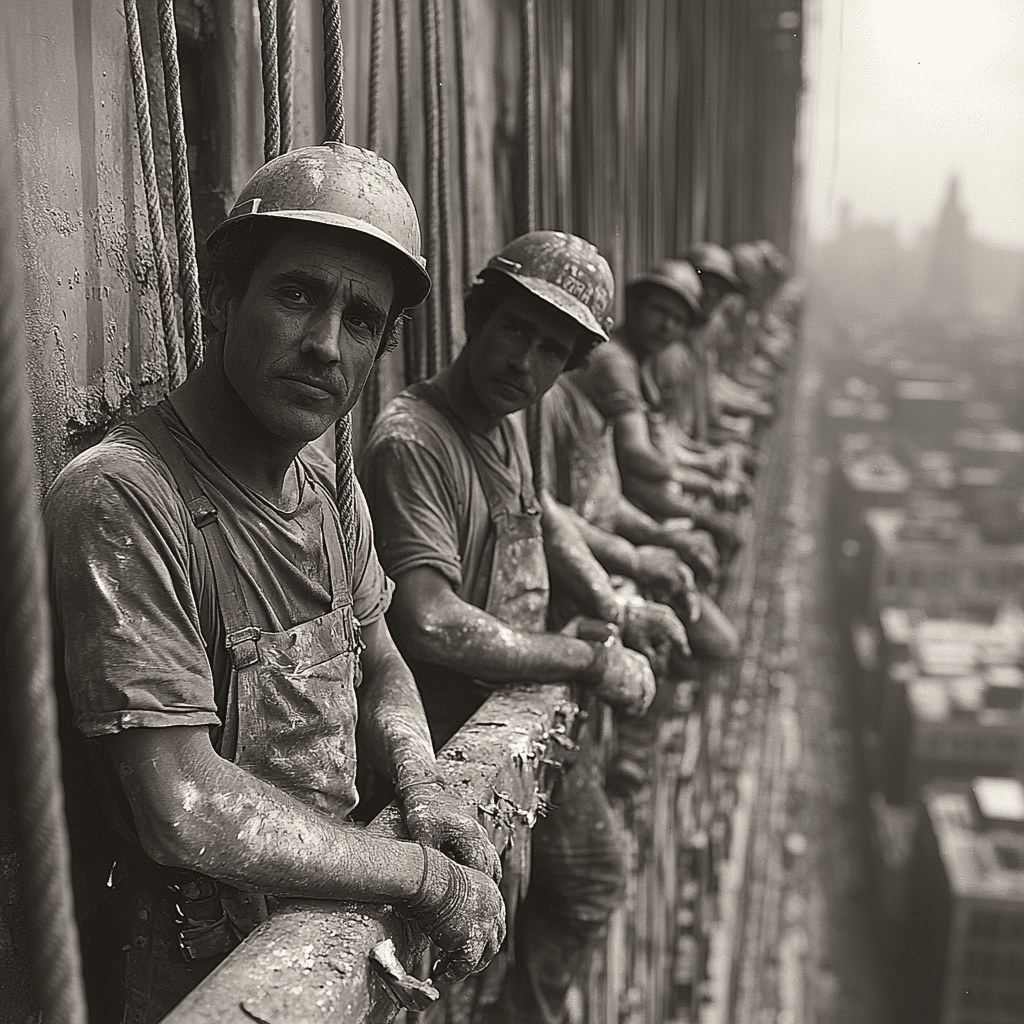Labor Day, celebrated on the first Monday of September, is more than just a day off work. It’s a moment to reflect on the history of Labor Day—its remarkable origins and better working conditions. This holiday stems from the labor movement of the late 19th century. As industrial workers rallied for improvements like fair wages and reasonable hours, they laid the groundwork for this celebration. The first Labor Day was observed in 1882 in New York City, a testament to labor unity organized by the Central Labor Union. Following a series of labor strikes and demonstrations, Labor Day gained federal recognition in 1894, highlighting the historical shift towards rights for workers.
Origins of Labor Day: A Historical Overview
The history of Labor Day begins in a time when industrial workers faced tough conditions. Men, women, and children toiled long hours, often in hazardous environments, with little regard for safety or well-being. This grim situation led to the labor movement, demanding better working conditions, wages, and hours. The initiative for a designated holiday to honor these efforts emerged amidst labor unions’ relentless advocacy.
In 1882, the first Labor Day took place in New York City, where thousands marched in a parade to show unity. This event captured the spirit of the movement and served as a symbolic assertion of workers’ rights. By 1894, after a violent strike, President Grover Cleveland hastily designated Labor Day a federal holiday, an attempt to mend relations with the labor force. This pivotal moment marked the beginning of an officially recognized holiday.
With each passing year, Labor Day celebrations evolved. It transformed from a demonstration for workers’ rights to a more festive occasion. The inclusion of family picnics and local parades highlighted labor’s successes, countering earlier politically charged atmospheres. Still, the historical significance remained—each celebration reflected the ongoing fight for workers’ dignity.

The Evolution of Labor Day Celebrations
The evolution of Labor Day mirrors the changing dynamics of American society and labor rights. Here are key milestones that map this journey:
This historic parade in New York City featured thousands of workers marching to showcase their collective strength. It symbolized solidarity and marked the holiday’s first steps towards wider recognition.
After the tragic events of the Pullman Strike, Cleveland’s declaration of Labor Day as a national holiday sought to pacify the labor unions. The decision came amidst political turmoil and reflected the necessity of reconciliation.
As labor rights gained momentum, celebrations increasingly took on a festive atmosphere. Picnics and family gatherings replaced political rallies, showcasing the successes of the labor movement.
By this decade, Labor Day shifted from a politically charged event to one emphasizing rest and leisure. Similar to how Thanksgiving evolved from a religious observance into a celebration of family and gratitude, Labor Day became a marker of summer’s end.
Today, Labor Day has returned to its roots of reflecting on worker rights. As economic disparities and labor struggles persist, the holiday serves as a reminder of the ongoing challenges in workers’ lives.
Comparing the History of Labor Day with Other American Holidays
Labor Day parallels other significant American holidays, each celebrating unique aspects of the nation’s identity. When we compare the history of Labor Day against Thanksgiving, Inauguration Day, and Veterans Day, intriguing similarities and differences arise.
Thanksgiving is a holiday centered around gratitude and family gatherings, while Labor Day’s thrust is on recognizing the contributions of workers. Over time, both holidays faced commercialization, with brands like Target and Walmart running extensive sales events to boost consumer spending.
Inauguration Day celebrates the transition of power, representing hope and change, while Labor Day showcases the strength and unity of the working class. Both holidays resonate with democratic ideals and renewal, with Labor Day emphasizing the essential role workers play in supporting democracy itself.
Veterans Day honors military service members, while Labor Day pays tribute to workers’ contributions. Both holidays underline sacrifice—veterans fought for freedom, and workers have battled for their rights over the years.

The Significance of Labor Day in Today’s Context
In today’s fast-evolving landscape, Labor Day’s significance has taken on new dimensions. The challenges that modern workers face, from gig economy instability to unionization efforts, underscore the ongoing relevance of this holiday.
The rise of companies like Uber and DoorDash has sparked debates about worker classification and benefits. Labor Day now highlights these issues, reminding us that gig workers deserve fair treatment and protections.
As we saw in 2023, the resurgence of union organizing reflects a growing trend of workers advocating for their rights. Labor Day celebrations have become platforms discussing the future of labor, shining a light on successful movements like Starbucks Workers United.
With automation transforming job markets, Labor Day discussions center on job security in an age of increasing mechanization. Workers seek clarity on what it means to navigate an economy where machines play a larger role.
Closing Thoughts: A Legacy of Struggle and Celebration
In reflecting on the history of Labor Day, we witness a holiday that embodies both struggle and celebration. This day, marking the unofficial end of summer, serves as a powerful reminder of workers’ collective strength. As the dynamics of labor continue to change, so too must our recognition of the rights and contributions of workers. Labor Day represents a commitment to honoring the dignity of work and the ongoing quest for justice in the workplace.
Through this holiday, we honor those who’ve fought tirelessly for workers’ rights while encouraging ongoing advocacy to ensure equitable treatment. As we enjoy the long weekend with friends and family, we can appreciate not only the historical significance of Labor Day but also the labor movements that continue to shape American society today.
History of Labor Day
The Dawn of Labor Day Celebrations
Labor Day, celebrated on the first Monday of September, traces its roots to the labor movement in the late 19th century. Historians often link it to a parade held in New York City in 1882, organized by the Central Labor Union to honor the contributions of American workers. What’s fascinating is that the idea of a day dedicated to workers spread rapidly; by 1894, it was recognized as a federal holiday. Many might not know that similar celebrations were taking place in Europe, showcasing that the fight for workers’ rights was not a localized concern. Just like the breathtaking scenes at the Park City Ski resort, Labor Day has evolved into a cultural tradition where people relax and appreciate a day off.
The Significance of Labor Day Today
Fast forward to today, and Labor Day symbolizes a well-deserved break for many. It’s a time to reflect on the achievements of workers and the impact of unions in the workplace. Interestingly, some workers have tirelessly advocated for better working conditions, much like the surges seen in the entertainment industry with personalities like Lisa Presley, who reminds us of the importance of hard work, creativity, and dedication. Ordinary folks take time to celebrate the fruits of their labor—picnics, barbecues, and even the occasional splurge on Peloton apparel for that final summer workout.
Fun Labor Day Trivia
Here’s something to think about—did you know that the Great Blizzard of 1888 hit the United States just days before a planned labor rally? While this storm disrupted many lives, the resilience of workers shone through, highlighting the grit and community spirit reminiscent of how people rallied around streaming platforms like Doodsflix during stay-at-home orders. Furthermore, it’s worth noting that many Americans view Labor Day as the unofficial end to summer, making it a great time to tidy up the house with gadgets like a Shark vacuum cleaner before the fall season rolls in. A day to celebrate labor is also a day to acknowledge the continuous need for progress, just as athletes and entertainers seek more through hard work and teamwork.
The history of Labor Day isn’t just a story; it’s a continual reminder of the passion and resilience foundational to American society. As we enjoy our long weekends, let’s remember those who fought for the rights we often take for granted. Whether it’s the laborers of the past or the modern-day professionals, the legacy of Labor Day lives on. So kick back and enjoy, and maybe even consider how big venues like Sofi Stadium play a part in today’s workforce and entertainment realms, bringing people together in celebration.




